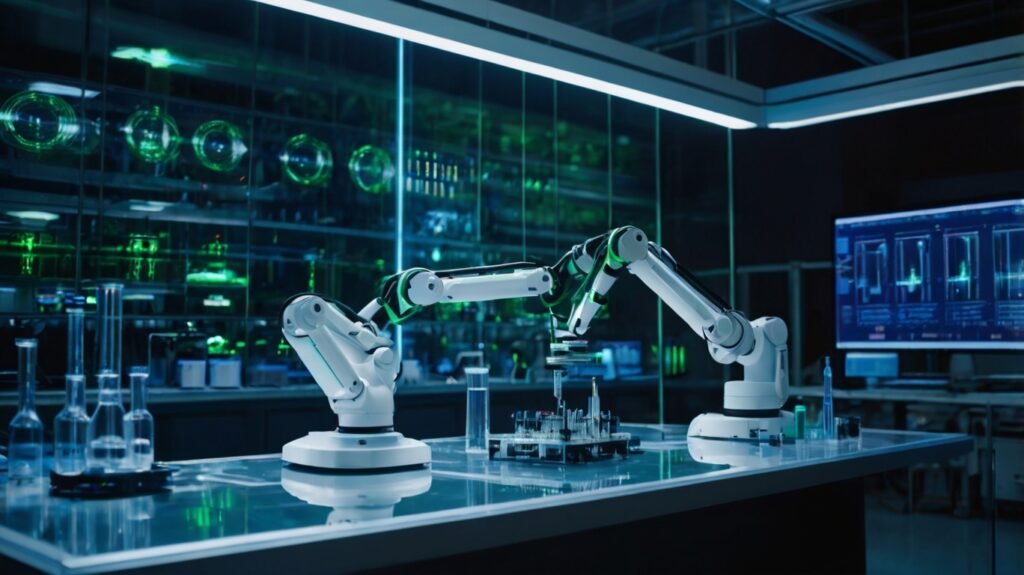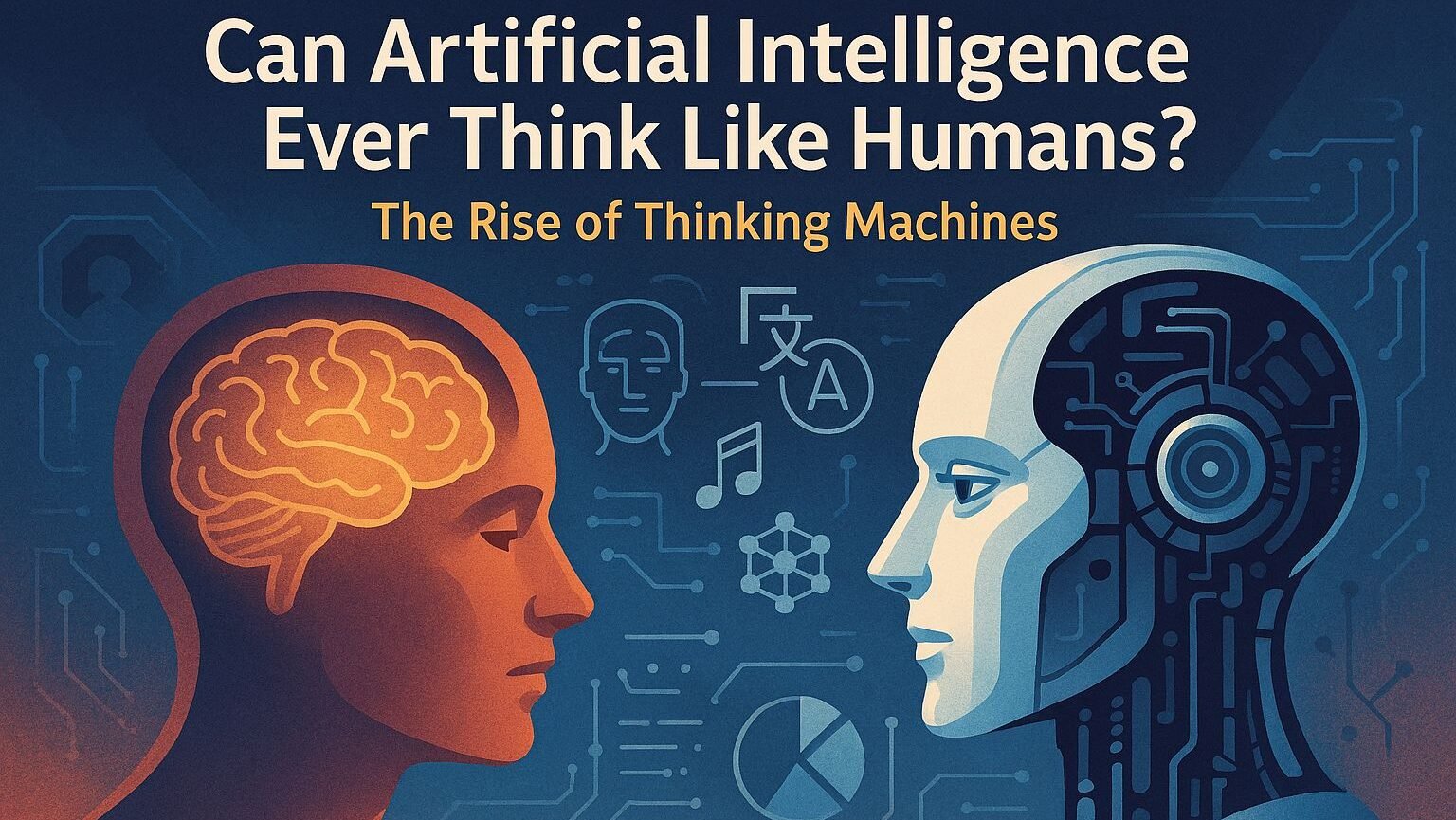What is Stanford’s AI Virtual Scientist?
Stanford University created an AI “virtual scientist” in 2025. This advanced system designs and runs biological experiments on its own.
Unlike human researchers, it operates 24/7 without breaks. Moreover, it blends machine learning with robotic laboratory equipment effortlessly.
This breakthrough marks a fundamental shift in modern science. Artificial intelligence is now reshaping how scientists approach research methodology.
How Does the Virtual Scientist Work?
The system processes vast amounts of data in seconds. It then generates hypotheses and tests them in a logical sequence.
In contrast to traditional automated systems, it adapts strategies on the go. Furthermore, the AI challenges existing scientific assumptions with creativity.
At the same time, it runs multiple experiments with pinpoint accuracy. Environmental variables remain under perfect control throughout each test.

Laboratory Research Transformation
By eliminating common human errors, the AI raises overall reliability. As a result, experimental throughput increases dramatically without compromising quality.
It also operates continuously without fatigue, which shortens research timelines from months to weeks. Additionally, scientists can now test hundreds of hypotheses simultaneously.
Promising leads are quickly identified and pursued, reducing wasted time and resources.
Advanced Data Analysis Capabilities
This AI identifies patterns far beyond human capabilities. For example, it finds hidden insights in complex datasets that researchers often miss.
It also correlates results across different experiments while integrating multiple areas of specialist knowledge seamlessly. Consequently, scientific discovery accelerates at an unprecedented rate.
Moreover, these comprehensive analytical approaches establish exponential progress as the new research standard.
Safety and Quality Control
Strict operational parameters guide every experiment to protect research integrity. Multiple verification steps actively prevent errors and hazards.
In addition, it detects potential anomalies instantly and addresses them without delay. As a result, scientific rigor remains consistent.
Its built-in safeguards uphold laboratory safety protocols, and quality control systems run around the clock without supervision.
Impact on Global Research
Smaller institutions can now access sophisticated experimental capabilities. Consequently, resource limitations no longer block high-level research.
Furthermore, this democratization of research opens doors globally, allowing more institutions to participate in scientific advancement.
Educational programs also integrate AI virtual scientists, giving students hands-on experience with cutting-edge tools.
Scientific Publication Revolution
With AI assistance, comprehensive research reports appear almost instantly. Statistical analyses and conclusions are ready within minutes.
As a result, publication timelines drop from months to just days. Peer review processes also gain speed through automation support.
This shift accelerates the global pace of scientific progress and drastically reduces discovery-to-publication time across disciplines.
Human-AI Collaboration Benefits
Scientists now focus mainly on strategic thinking, while AI handles repetitive experimental work.
Moreover, creative human insights merge with AI precision to create highly efficient research workflows. Collaborative partnerships are transforming methodologies at every stage.
While humans still lead high-level research design, AI ensures data analysis remains fast, accurate, and comprehensive.
Future Research Implications
Similar technological advances are already inspiring institutions worldwide. This progress offers a glimpse into the next era of scientific exploration.
Researchers may solve the world’s toughest challenges in a fraction of the usual time. Consequently, traditional timelines could soon disappear entirely.
By combining artificial and human intelligence, the pace of discovery reaches unprecedented levels and reshapes the future of science.




